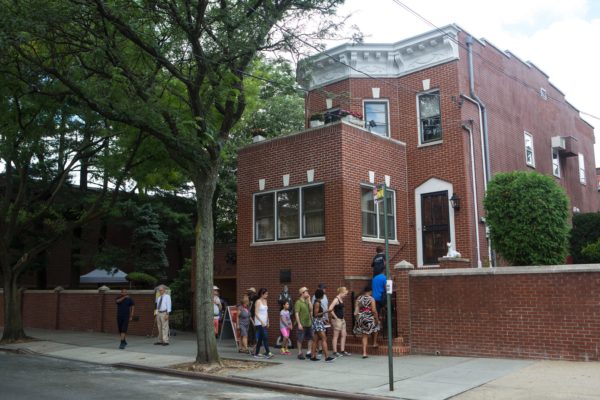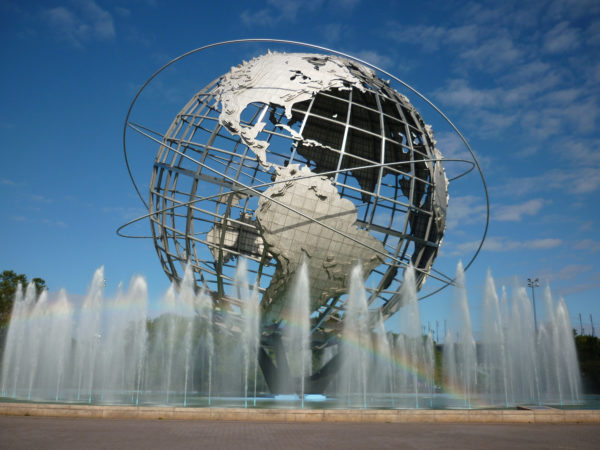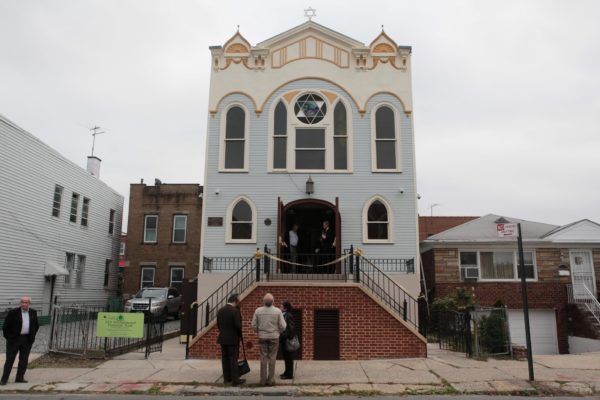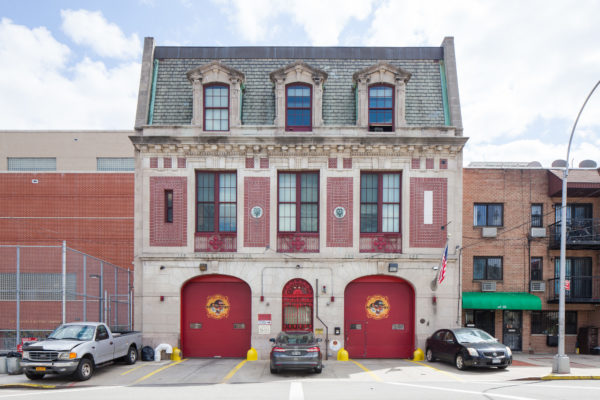The area of Queens comprising Corona-East Elmhurst was called “Mespat” by the
Native Americans and “Middleburgh” by the English colonists. It became part of
the Town of Newtown, when it was incorporated in 1683 as one of the three original municipalities (along with Jamaica and Flushing) comprising what is now Queens. It remained largely rural until transportation improvements led to suburban development. In 1854 the Flushing Railroad began service through what is now 44th and 45th Avenues (now part of the Port Washington Branch of the Long Island Rail Road). Anticipating commuter service, a group of real estate speculators formed the West Flushing Land Company and purchased an extensive tract that they subdivided into house lots, naming the new neighborhood West Flushing. Just north (above what is now 37th Avenue) stood the National Race Course, also established in 1854. A massive complex and tourist attraction, it was soon renamed Fashion Race Course and notably hosted the first-ever ticketed baseball game, a best of three series between New York and Brooklyn.
Growth accelerated with the opening of the Queensborough Bridge in 1908 and the East River tunnels to Pennsylvania Station in 1911. Perhaps most significantly, the subway system arrived in 1917 with the opening of the Alburtis Avenue
(now 103rd Street-Corona Plaza) station. In the 1930s the neighborhood’s eastern
boundary, the dumping ground that was once Flushing Creek, was transformed into “The World of Tomorrow” as the site of the 1939 World’s Fair; it later reprised that role for the 1964 World’s Fair and eventually became Flushing Meadows Corona Park
From the beginning, Corona was a diverse neighborhood. Several of its oldest institutions attest to the 19th century German influence, while many 20th century sites are associated with its Italian-American and Jewish communities. The northern section boasts a remarkable collection of culturally significant African-American sites. The first recorded residents of African descent arrived in the 17th century and settled along what is now Corona Avenue, a section of which (at 90th Street in Elmhurst) is named for the Rev. James Pennington (1807-1870), an enslaved fugitive from Maryland who became an influential Evangelical Abolitionist on the world stage. In the 1920s, Corona saw an influx of African-Americans, many following the Great Migration from the South, and Afro-Caribbean immigrants from the West Indies. After World War II, the area attracted prominent African-American cultural figures and civil rights activists. Today the neighborhood is a mix of Caucasian, Hispanic and African American families.
The Louis Armstrong House
Louis Armstrong House Museum, 107th Street, Corona, NY, USASTATUS: Designated Individual Landmark
The Unisphere
Flushing Meadows Corona Park, Queens, NY, USASTATUS: Designated Individual Landmark
Congregation Tifereth Israel
109-18 54th Avenue, Flushing, NY, USASTATUS: Designated Individual Landmark
Fire Engine Company 289, Ladder Company 138
STATUS: Designated Individual Landmark





